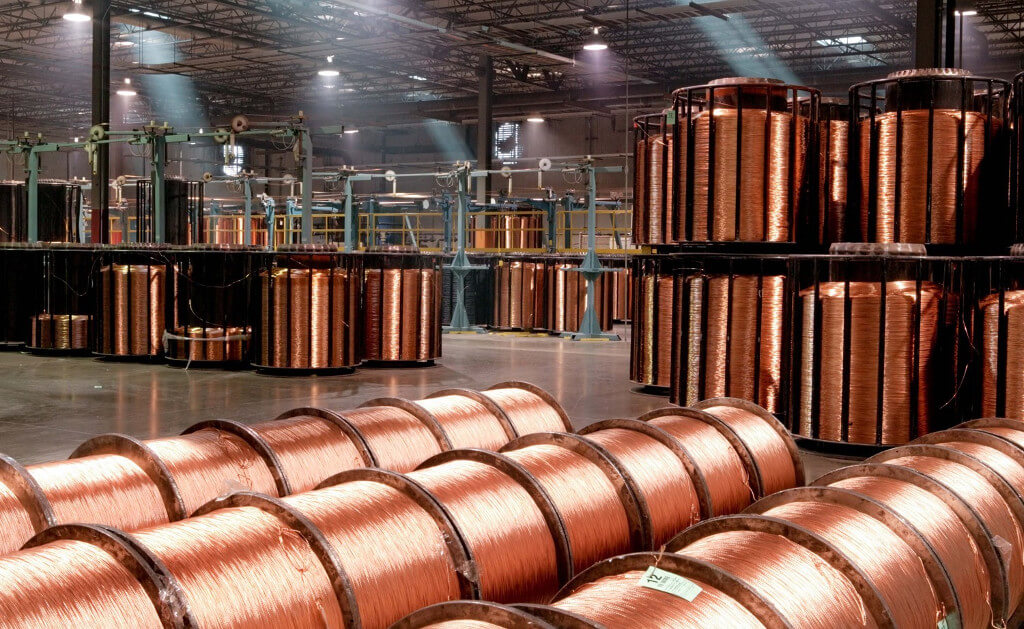ZIMSEC O Level Combined Science Notes:Extraction of copper from sulphides
- Copper is extracted from various types of ore including sulphide ores
- For example copper ores found on the Great Dyke near Mhangura is of the sulphide type
- Once the sulphide ore is extracted from the earth
- It is crushed to form a very fine powder which is then further refined using
- The flotation process or the concentration process
- This is done in flotation/concentration plants
- The powder is mixed with water and the slurry (porridge) is agitated by passing air through it
- A foaming agent is added to make bubbles
- These bubbles attract the fine particles containing copper bearing minerals
- The front on the surface is skimmed off, filtered and then dried
- The concentrated material from the flotation plant is then transported to the smelter
- In Zimbabwe some of the copper is smelted at Alaska mine
- The concentrate is roasted to burn off some of the sulphur and then smeleted in a furnace using limestone as a flux
- Flux is a material used to purge impurities from another metal (copper in this case) during the smelting process
- The sulpher burns off as a gas:
- \text{copper sulphide+oxygen}\rightarrow\text{copper+sulpher dioxide}
- Slag which contains most of the unwanted impurities forms a layer at the top of the molten copper and is tapped off
- The remaining mixture is known as matte
- It contains most of the copper, iron and sulpher
- It is transferred to a converter
- In the converter air is blown through the molten matte, thus oxidizing the iron to form iron oxide slag and
- the sulpher escapes as a gas sulpher dioxide
- The resulting metal formed as a result of the process is known as blister copper
- This is because many blisters are formed on the surface of the metal
- as gases escape while the copper cools and solidifies
- The process from the extraction of the copper up until it is turned into blister copper can be summarized as shown below:
- \text{extraction}\rightarrow\text{flotation plant}\rightarrow\text{roasting}\rightarrow\text{smelting}\rightarrow\text{converter}\rightarrow\text{blister copper}
To access more topics go to the Combined Science Notes page.



